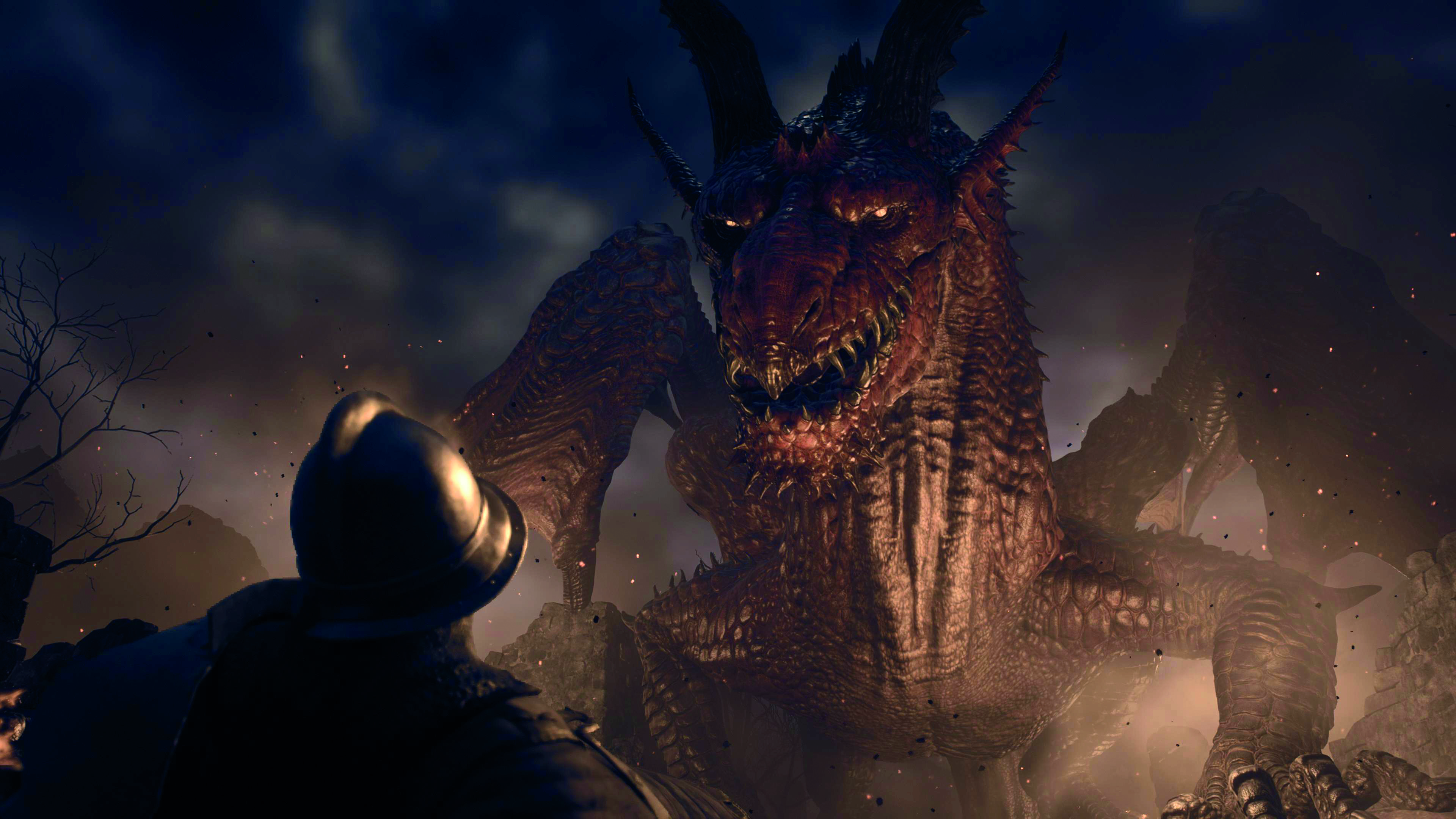
Format PS5, Xbox Series X/S, PC
Price $69.99 / £59.99
ETA Out now
Pub Capcom
Dev Capcom
Players 1 (with social features)
Length 50+ hrs
Accessibility Remappable buttons; run toggle/hold; optional motion sensor controls; various camera adjustments; subtitles (with background options); ability to hire powerful allies.
Dragon’s Dogma 2 is an open world adventure like little else. At a glance the map might make you think of the likes of Assassin’s Creed, Horizon Forbidden West or Elden Ring, but in truth this is more of a dynamic sandbox, designed so you can be let loose on the world to discover your own adventure.
It's a large and complex world that makes the most of PlayStation 5's tech (it's also Xbox Seriex X and PC) and has me in awe of how thus game has been crammed onto Sony's machine, albeit still one of the best games consoles.
After your heart is stolen by a dragon, you’re declared the prophesied Arisen, destined to face the drake in battle to save the kingdom – but the journey to that battle, how you build your strength and skills, and how you help (or indeed, don’t) the people you meet on the way is a journey you can call your own. You’ll be eager to share anecdotes of both your adventures and misadventures with friends, with no two players’ quests ever being quite alike.
Dragon's Dogma review: questing redesigned

One early quest prompts you to sneak into a castle at night without drawing the attention of the guards. When they reach this point, one member of my team dresses as a noble ready for the masquerade, then plays a game of Metal Gear Solid vision-cone avoidance to progress past that area. Another of us finds a set of guard’s gear and puts it on, passing themselves off as one of the castle’s defenders. Another simply walks into the castle (permissible by the light of day), finds a corner near to the room that will unlock come nighttime, and waits for their opportunity.
If you think something might work, then more often than not it will. For instance, is a quest-giver after a rare item you’d rather not give up, or are there two after the same trinket? A shifty shop owner may be able to assist by creating flawed yet passable replicas. Need to uncover someone’s secret? Every NPC has a schedule through the constantly progressing days and nights, so hang back, see where they go, and you may learn something. Killing someone and then using a rare recovery item to bring them back to life – either where they stood or by tracking their corpse to a city’s morgue – can be a viable solution.
Even quests that offer waypoints are highlighting points of interest rather than dictating the only way to progress. You may uncover multiple ways to, say, gain passage through a gate. But think outside the box and there may be other, albeit more dangerous, ways to circumvent a roadblock entirely.
What’s more, core features unlock at different paces. While new vocation classes to unlock are eventually marked on the map, it’s possible to stumble into some of these early on if you nose around. How you solve puzzles can vary both the reward and the way events in the world play out, from one knock-on effect allowing you essentially to skip a later challenge by obtaining a special permit to another providing more information about the world’s constant cycle of dragon-and-Arisen enmity.
Everything and a little bit more
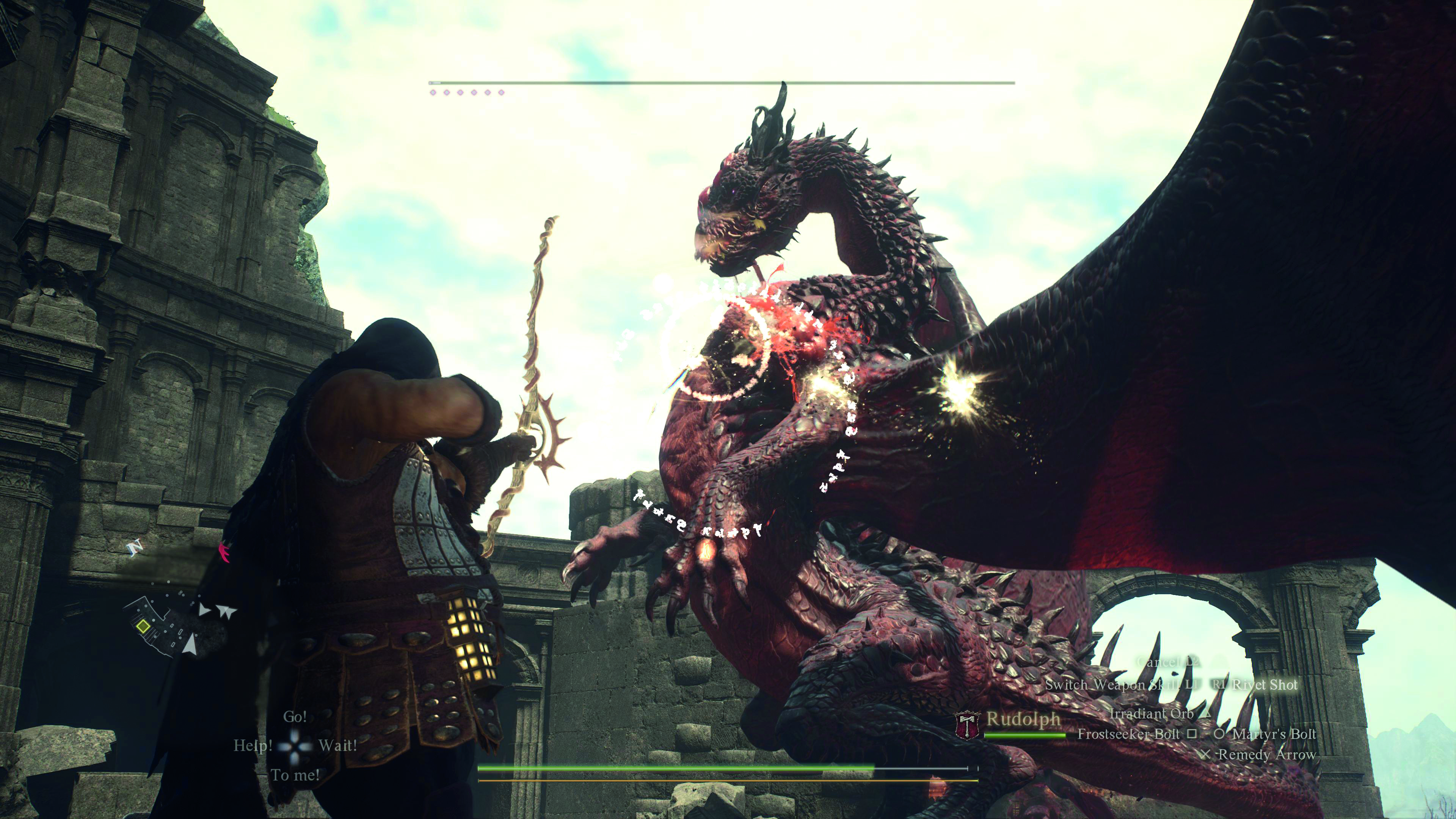
Certain quests clearly progress the story, with your Arisen eventually travelling from Vermund to the neighbouring kingdom of Battahl. But the boundary between mainline and optional quests is often blurred, to the point where we’re really not sure which quests, if indeed many at all, need to be completed to progress.
That said, as everything feeds back into the narrative you’ll want to wring everything you can out of quests. We can’t imagine not befriending Glendwyr, an elf we see eying up human-made bows in Vernworth. After we assist him in his archery trial, he shows us a secret route to an elf settlement and (thanks in part to another ally who can translate Elvish) grow closer to more of its inhabitants in a way that rings all the way through to the moments before we hit credits, tens of hours after the fact. Yet it also seems like someone could forgo doing any of that at all.
As for our translator? That’s a pawn with the Woodland Wordsmith skill. Your duty as Arisen makes you one of a kind… in your world. But there are many versions of that world out there, all with their own Arisen, and each of those has created a pawn to serve as an ally – an NPC who can switch classes, and is able to share information they’ve learned about the world after adventuring beyond the rift. Two more can join you from other players (simultaneously existing in both versions of the world), meaning pawns are constantly learning from adventures they’ve had with other players. They may tell you of nearby treasure or caves, or give you hints for your current quest.
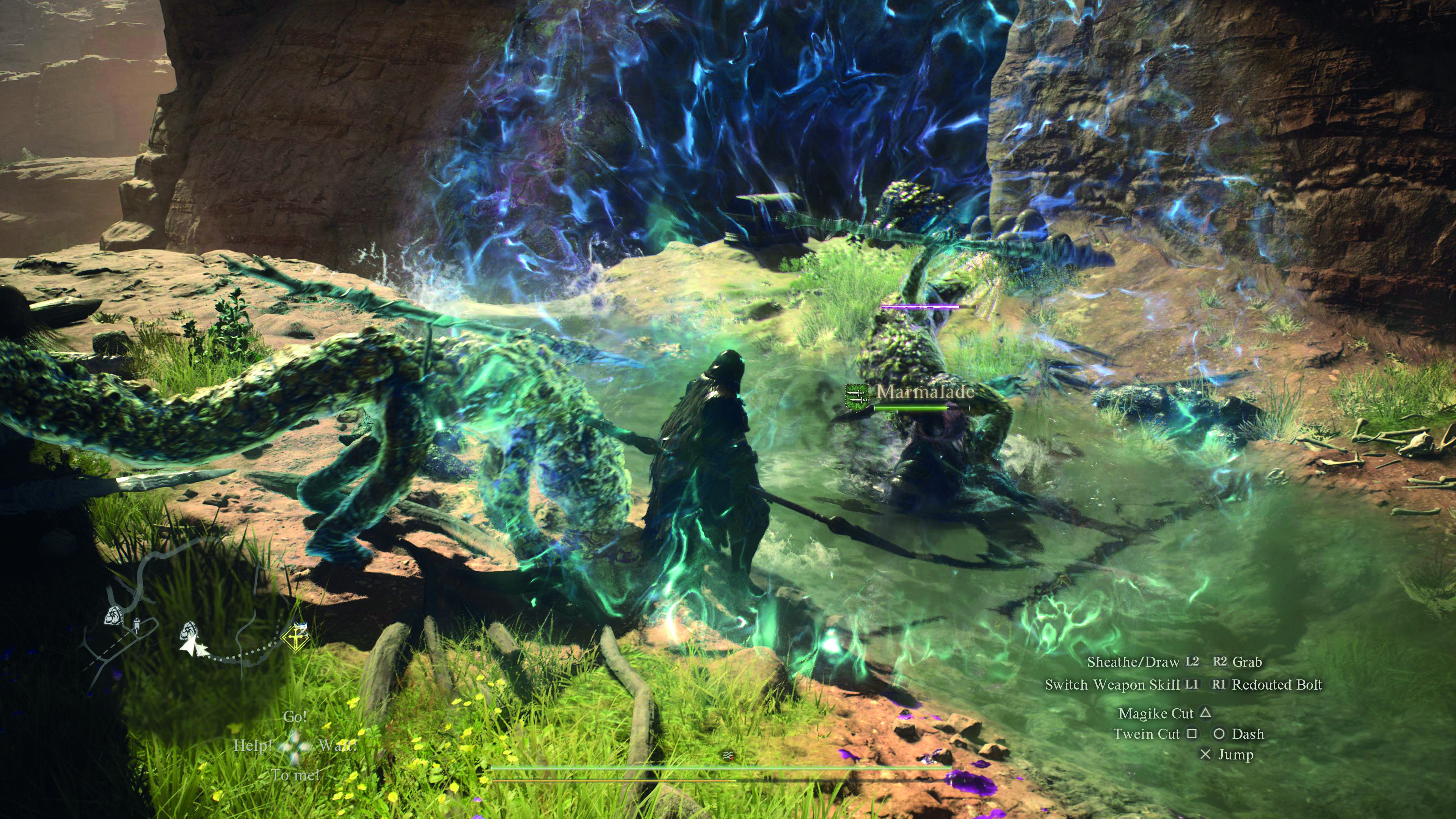
One quest to find a particular NPC has us stumped for ages, before one newly recruited pawn makes a suggestion that puts us on the right track. No mere contrivance, the pawns’ world-hopping abilities even becomes a major part of the plot, systems and narrative joining elegantly together.
The social teamups are just another way your adventure will become personal, as your group of pawns will tweak your experience. While your own pawn levels up, recruited ones don’t (unless you recruit them again after they’ve grown further while venturing through their host world), giving you an incentive to keep employing new faces. You can even spend a special currency earned by interacting with the pawn system to recruit those of a higher level than you to assist with tricky encounters – though if someone is on your friends list, it’s free to recruit their pawn.
The composition of your party matters as well. A mage can come in handy thanks to a host of healing spells, but it’s just as viable to go with a full team of archers to pepper foes with arrows before they can draw near. Tactics, too, can be observed and learned by pawns. Grab enemies and throw them at others for big damage, and pawns may pick up that this is a clever thing to do with foes and start doing it themselves.
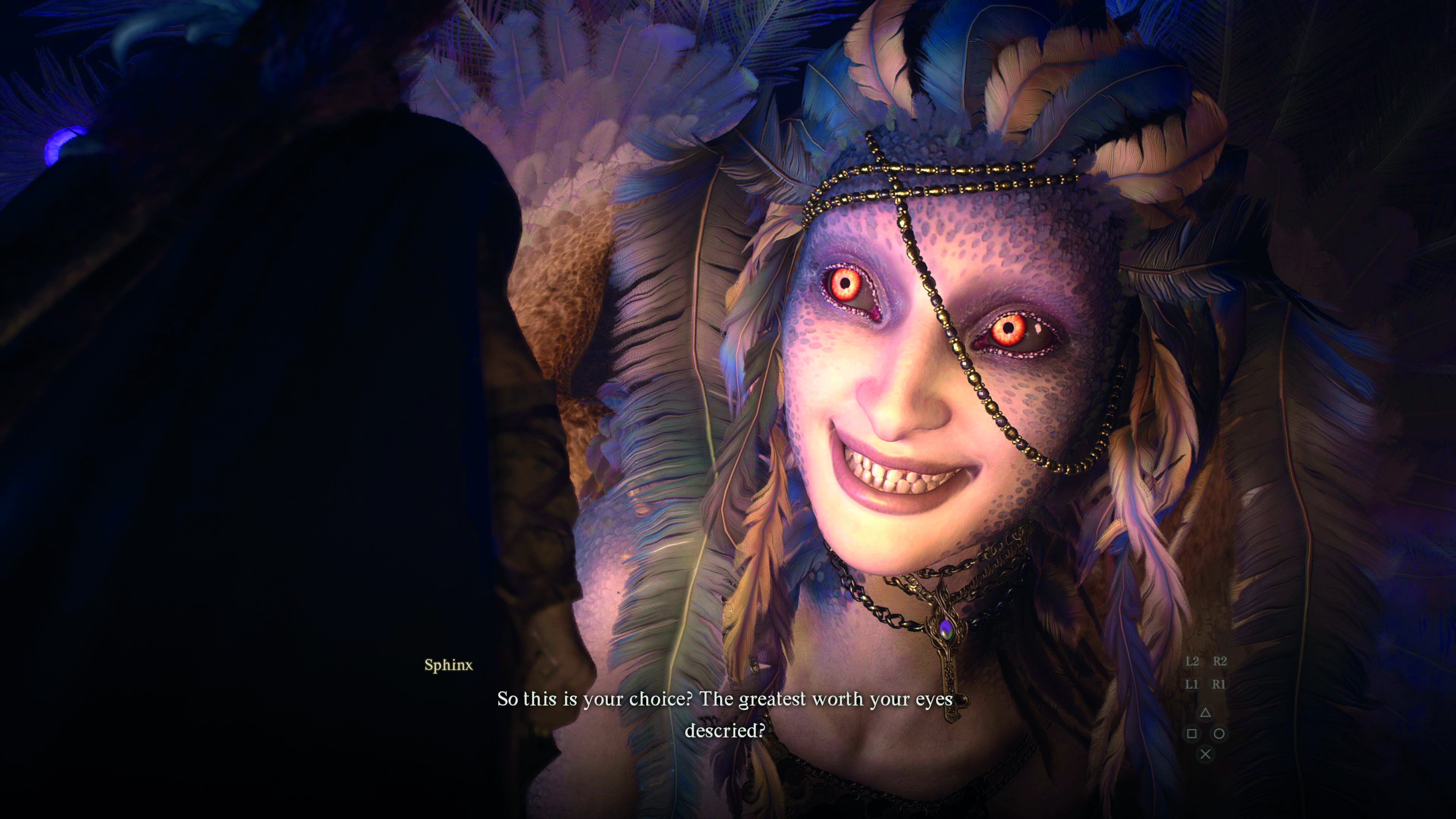
No matter which quests you take on, you’re constantly drawn into the massive open world. Broadly speaking, Vermund is a grassy land of forests and Battahl an arid, craggy region, but many more biomes are elegantly placed between in hidden corners. You might fight across cliff-side paths above crashing waves, tentatively step through a foggy land plagued with the undead that removes the mini-map, or simply follow a side-road deeper into the trees.
You regularly stumble upon things of interest off the beaten path. Caves litter the world, taking you from the wide-open outside world into more intricately designed areas. As they vary massively in scope and design, you never know what to expect when you venture inside, flicking your lantern on to light the way in the dark. It could be a simple monster den with some loot, or it could be a more complex tomb with lightweight puzzles.
One has us hunting for glowing crystals that wither when lantern light falls upon them, meaning we have to put up with the darkness if we want to stuff them into our pockets. Another has us fighting through zombies, tossing aside the corpses of ones about to explode with a foe-flinging class skill and fist-bumping our pawn when the undead are vanquished, then uncovering a rare piece of gear… only to realise the path we took has been flooded by an even bigger legion of the undead. Whether it’s equipment or simply lots of ore to scoop up, everything you find can be valuable as you can use most materials to give boosts to gear or sell it to fund the purchase of many expensive items – fast travel stones, for instance, cost a rather hefty sum of gold.
A persistent world

Aside from caves, you may run head-first into anything from a cyclops attack to a griffin descending to interrupt a fight with some goblins. Common encounters can become perilous, memorable fights to the death in an instant. Fail to finish off the griffin fast enough and it flees, retaining damage taken for when it swoops back in later. You can also find special rift stones offering the opportunity to recruit valuable pawns, or come across those pawns while you’re wandering the world, or on repeatable quests.
Many of the latter are escort missions, which are really quite annoying thanks to AI that frequently gets stuck or distracted by relatively distant groups of enemies (and the rewards for completing these missions are somewhat lacking). Fortunately your pawns’ pathing works better, thanks in part due to their desire to stick close to you and rubber-banding if they do wander too far away. But it can still grate when they get stuck on a cliffside while you’re getting bashed to pieces by an ogre metres away, or they trip into instant-death water instead of hopping across a gap you navigated easily (at one moment that appears to be part of a main quest’s primary path, all three of our pawns tumble in one by one – a rare, but no less frustrating, occurrence).
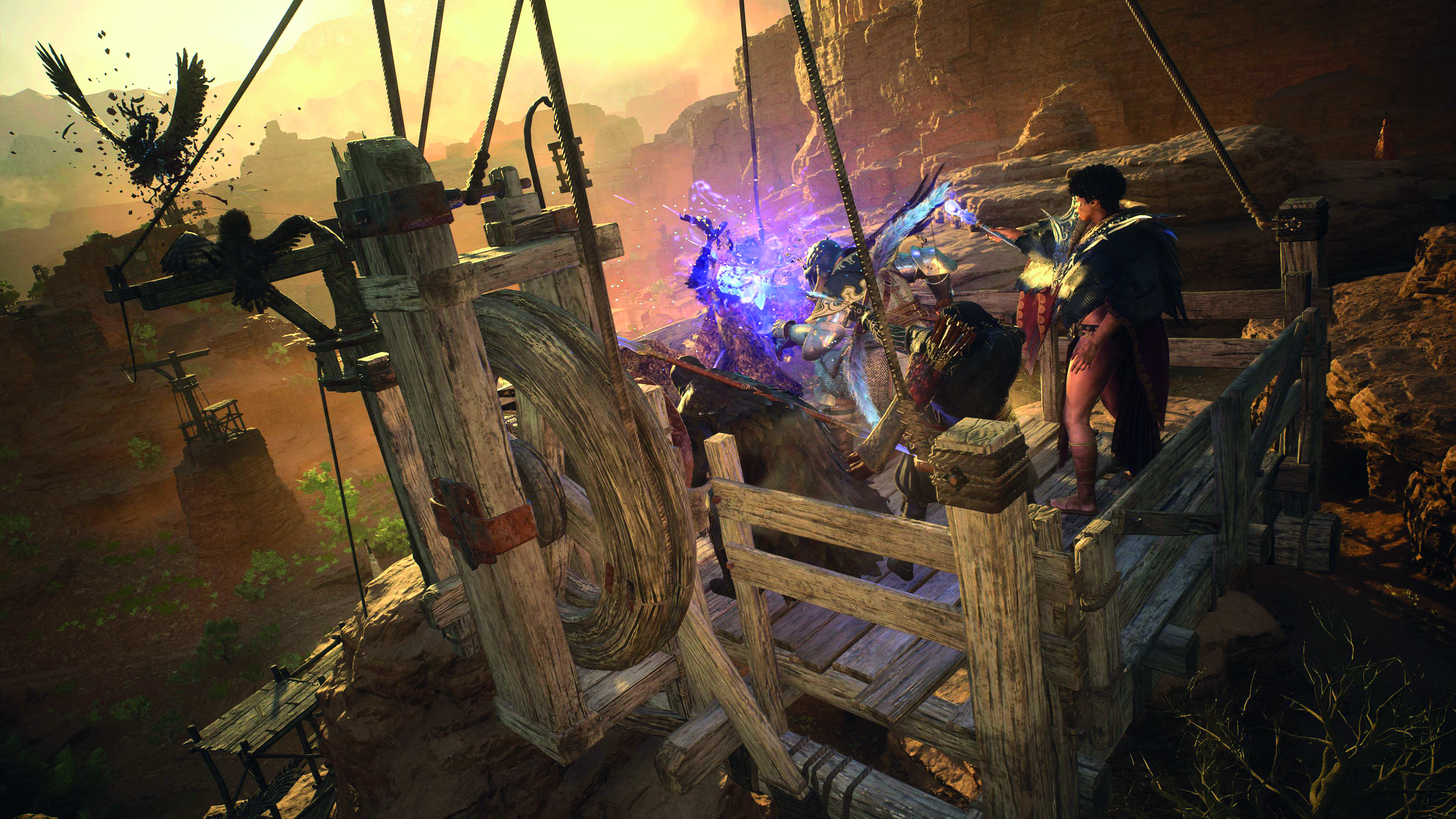
This world is littered with enemies, and you spend a tremendous amount of time fighting. Limited fast travel means you can spend a lot of time retreading the same routes – and with little variance in what groups appear where, it can get exhausting to do the same things over and over, even if encounters become more trivial as you grow more powerful.
You can use the rare and expensive ferrystones to teleport to certain points, many of them chosen by your own hand by placing extremely rare portcrystals (which you can pick back up and replace as you wish) – but they’re not so scarce that we wouldn’t recommend using them quite liberally.
Ox carts, meanwhile, offer a compromise within the limited fast travel mechanics, linking settlements and giving you the option to ‘doze off’ and effectively reach your destination instantly, while also risking having to wake up for a scrap along the way. Annoyingly, as if made of matchsticks, these carts can be blown to bits by enemies near-instantly, meaning you have to travel the rest of the way on foot. Sometimes this is a blessing, as you may end up shaken awake near an area warranting further exploration. Otherwise there’s no way to hop off a cart between destinations, unless you sit there as it slowly winds from point to point (while also being expected to fight every one of the encounters while on the road).
It takes a couple of in-game days for enemies and materials to respawn, meaning sometimes a trek back to a destination can simply be a case of managing your stamina as you sprint back along empty roads.
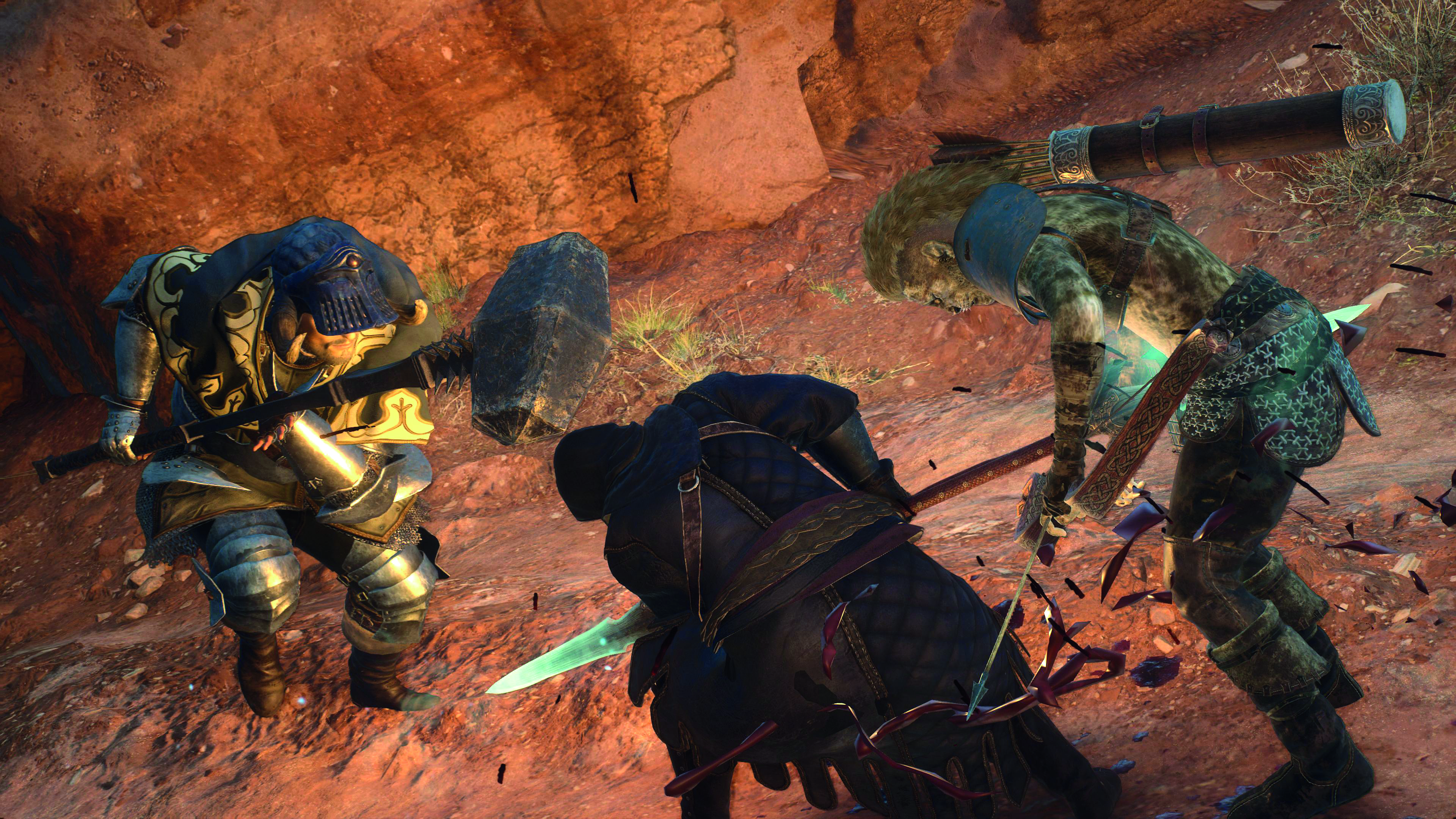
But for all that monotony, Dragon’s Dogma 2 offers twice as much thrilling discovery as many open worlds, delivering plenty of enjoyable friction alongside engaging exploration. Pushing forward, choosing when to rest at camp or when to risk another fight, feels consistently tactical and rewarding.
Tussles with huge foes can be punishing – but Elden Ring this is not. Besides being able to fight alongside strong pawns, you accrue a lot of instant revival items, as many health potions as you can carry, and frequent autosaves that mean you can reload right before your death most of the time. And you too can simply kick arse.
The scale of some enemies, and the ability to crawl over them, peppering them with stabs or pocket explosives, may take cues from Capcom’s Monster Hunter series, but the combat also tips its hat to Devil May Cry through awesome combos that let you wreak havoc as you reach higher levels. The new Mystic Spearhand leans into this, allowing you to use a projectile to slow down enemies and then twirl your double-handed blade around for a continuous onslaught. Hit them in a vital spot and you can melt the health bar of even a massive foe in moments. Similarly, one of the final bosses can lose almost all of its health instantly with a well-planned shot of the Magick Archer’s most powerful move.
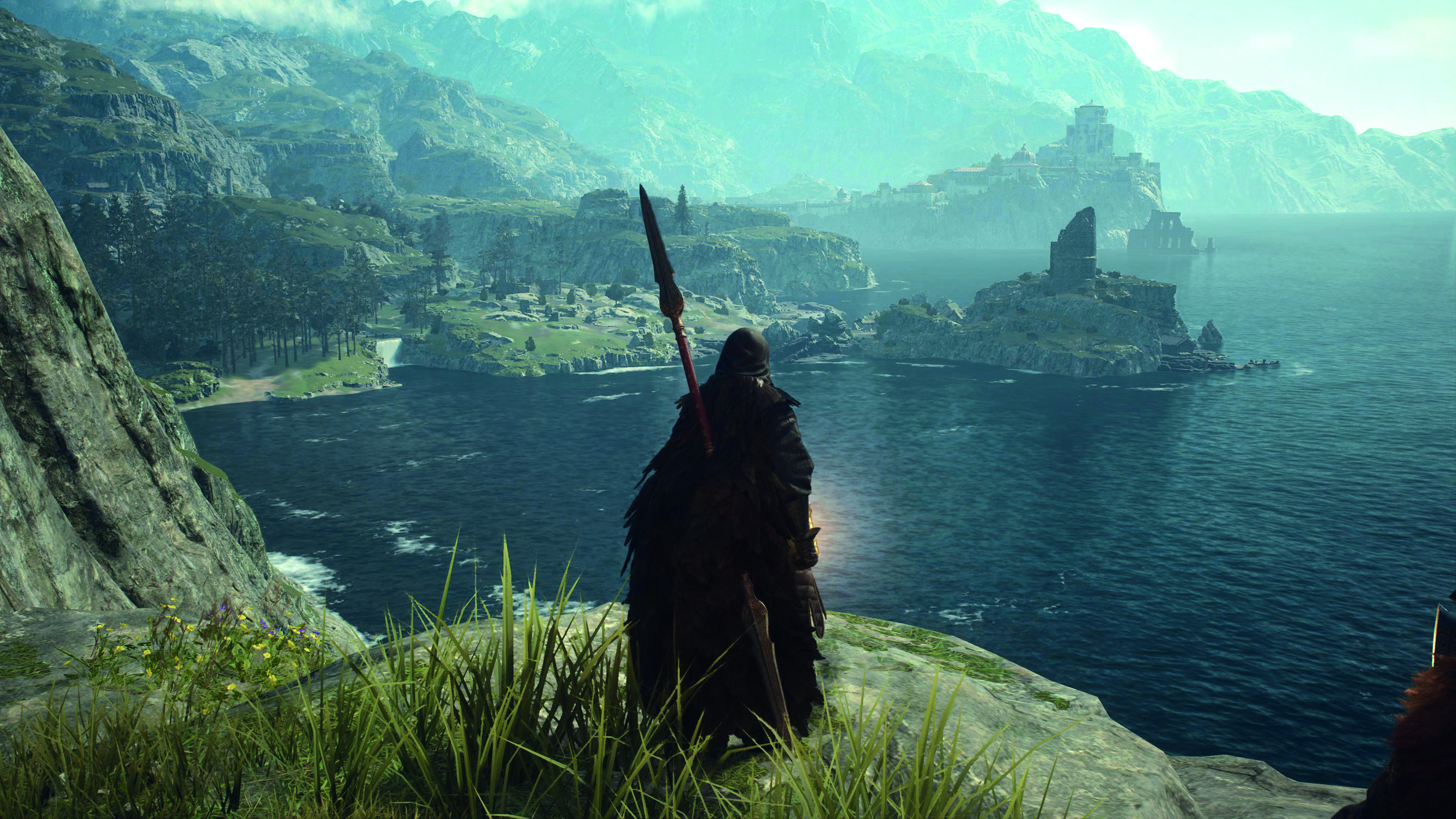
Switching classes is easy to do, and highly recommended. You’ll max them out quickly, and obtain augmenting buffs that can be equipped to other classes as well. We have such a ball playing each one, from zapping enemies from a distance as a sorcerer to getting stuck in sword-and-shield-style as a fighter, that we keep wanting to stick with them until we’re tempted away by another box of toys. There are so many skills to mix and match that within those classes alone there can be enormous playstyle variety.
This is a game that’s able to bend so much, but never breaks. A sandbox to play in, it offers plenty of systems ready to exploit, with a level of tactility that becomes easy to simply intuit. Most of all, it respects you enough to let you off the leash to have your own adventure – and what evokes a sense of play better than that?
This article first appeared in Play Magazine issue 12. You can subscribe to the print edition, digital version, or save even more with the print/digital bundle – whatever you choose, you’ll be receiving an unprecedented trove of dedicated PlayStation coverage every month.







